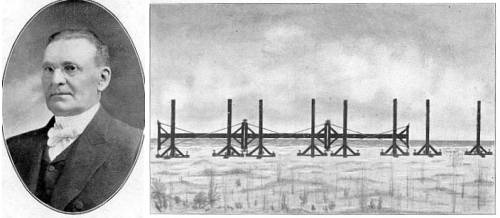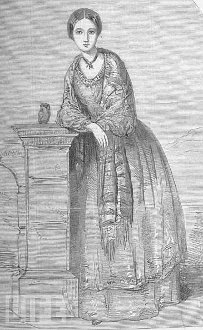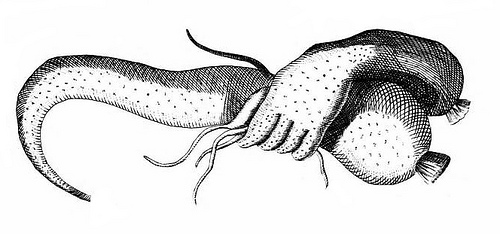An ancient graveyard of vast proportions has been found in Coffee county [Tenn.]. It is similar to those found in White county and other places in Middle Tennessee, but is vastly more extensive, and shows that the race of pigmies who once inhabited this country were very numerous. The same peculiarities of position observed in the White county graves are found in these. The writer of the letter says:– ‘Some considerable excitement and curiosity took place a few days since, near Hillsboro, Coffee county, on James Brown’s farm. A man was ploughing in a field which had been cultivated many years, and ploughed up a man’s skull and other bones. After making further examination they found that there were about six acres in the graveyard. They were buried in a sitting or standing position. The bones show that they were a dwarf tribe of people, about three feet high. It is estimated that there were about 75,000 to 100,000 buried there. This shows that this country was inhabited hundreds of years ago.’
— Woodbury [Tenn.] Press, quoted in The Journal of the Anthropological Institute, Feb. 8, 1876
A short distance below Coshocton [Ohio], on one of those elevated, gravelly alluvions, so common on the rivers of the West, has been recently discovered a very singular ancient burying ground. From some remains of wood, still apparent in the earth around the bones, the bodies seem all to have been deposited in coffins; and what is still more curious, is the fact that the bodies buried here were generally not more than from three to four and a half feet in length. They are very numerous, and must have been tenants of a considerable city, or their numbers could not have been so great. A large number of graves have been opened, the inmates of which are all of this pigmy race. No metallic articles or utensils have yet been found, to throw light on the period or the nation to which they belonged. Similar burying grounds have been found in Tennessee, and near St. Louis in Missouri.
— The American Journal of Science and Arts, January 1837






